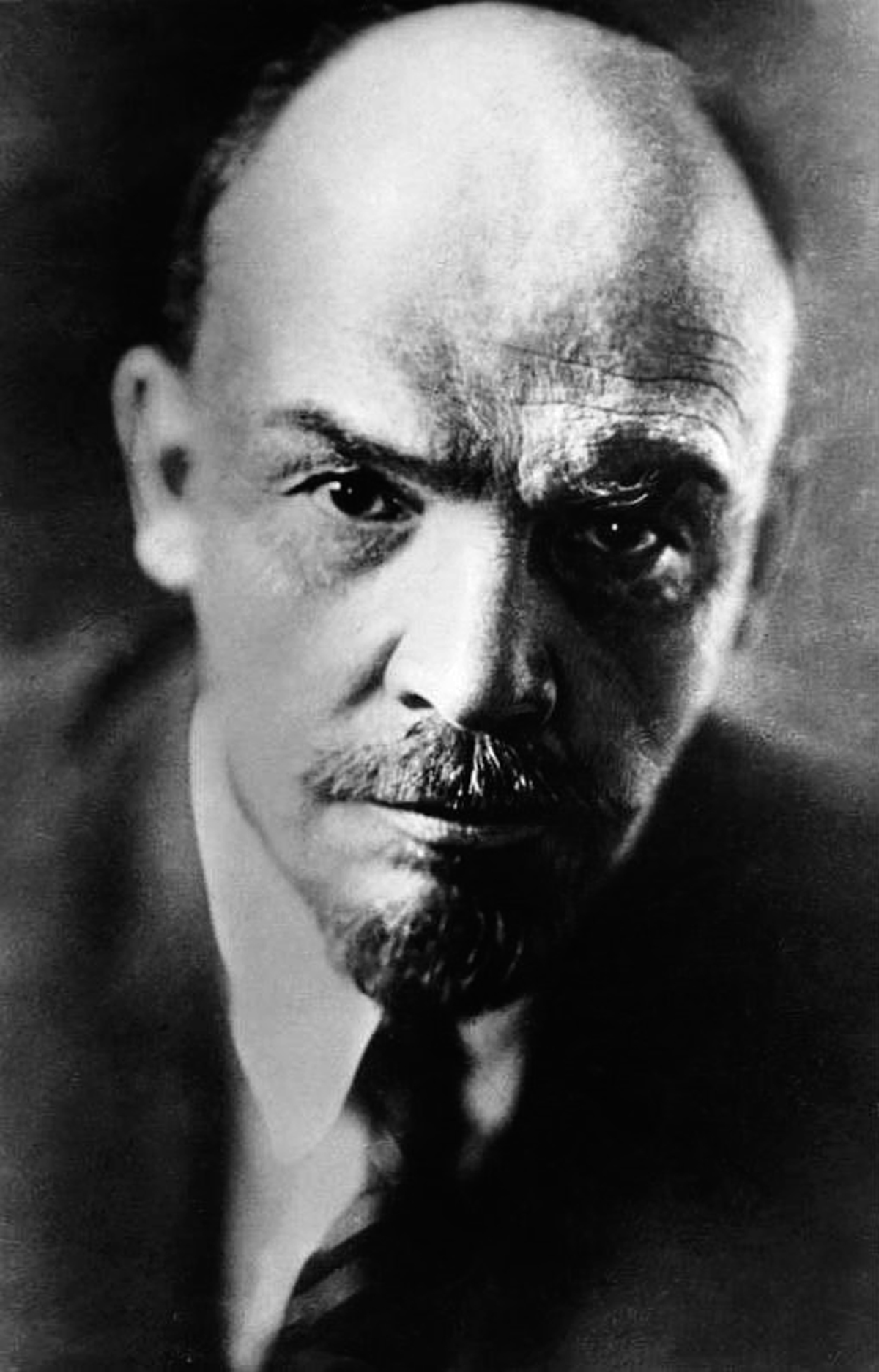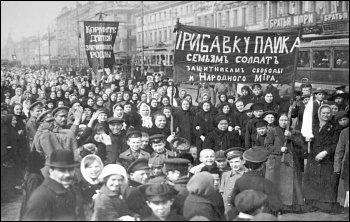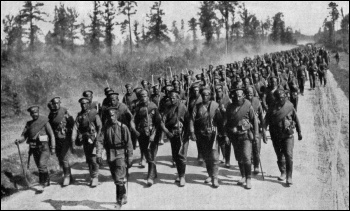23 February 1917 (8 March in today’s calendar) marked the beginning of the socialist revolution in Russia, which sparked a revolutionary wave that would travel around the world.
In the Socialist in 2007, Socialist Party general secretary Peter Taaffe analysed the lessons of February for the working class today and how the leadership of the Bolshevik party, particularly Lenin and Trotsky, was decisive in ensuring the victory of the revolution in October.
This retains its full validity for today and so we are reproducing extracts here, with some additions in answer to capitalist historians.
Simon Sebag Montefiore has led the pro-capitalist charge against the Russian revolution. In the Evening Standard he asserted that it opened a chapter of bloodshed and suffering. However, weighed on the scales of history, the Russian revolution was immeasurably less bloody than the mass slaughter of World War One which the revolution ended, with its mountain of five million killed and wounded. He has nothing to say about this!
A hundred years ago the working class of Russia, led by the immortal workers of what is now St Petersburg, rose in a revolution that overthrew the 1,000-year dictatorial rule of the Tsar. This began a process of revolution and counter-revolution over the next nine months, which – in October 1917 – resulted in the first democratic working class, socialist revolution in history.
The February revolution stands between the first Russian revolution of 1905-1907 and the third and conclusive revolution of October 1917. The representatives of big business today and their hirelings in the media and universities, the superficial professors of ‘history’, either ignore this great event or seek to prove that February was the ‘real’ Russian revolution which ‘went off the rails’ and ended in the ‘putsch’ of October 1917.
Of course, Britain today is not Russia of 1917 – an economically and culturally deprived society, with the working class a minority in a sea of peasants. Yet, under the impact of a serious economic crisis, a social rupture – revolution – can develop in the most ‘advanced’ as well as the most backward societies.
The economic upheaval in the world capitalist economy in 2007-08 led to revolution in the Middle East, with the toppling of at least four dictators
in Tunisia, Egypt, Libya and Yemen. This was echoed, for example, in the protest movement in Wisconsin against budget cuts, where the Egyptian flag was flown.
2007-08 was a harbinger of a more disturbed economic and social situation for world capitalism, which could produce, in a different form, the conditions of Russia 100 years ago.
Bolsheviks
One of the most vital lessons of the February revolution and its aftermath is that, had the leaders of the most conscious workers’ party at that stage, the Bolsheviks, pursued the policies of the workers’ leaders today, no Russian revolution would have taken place.
In 1917, Russia was passing through the greatest social crisis in its history. If there had been no Bolshevik party, led by Lenin and Trotsky, the colossal revolutionary energy of the workers and the peasants would have been fruitlessly spent in sporadic explosions.
The class struggle is the prime mover in history but it needs a correct programme, a firm party, and a trustworthy and courageous leadership ready to go to the end in the struggle against capitalism and landlordism, as happened in Russia.
The honour of beginning the revolution fell to the working class women of St Petersburg. On 22 February, the major plant of the city, the Putilov factory, announced a great strike. In the city at this stage there were roughly 390,000 factory workers, employed in huge industrial units such as the Putilov factory.
Approximately one-third of these workers were women. On 23 February, the women textile workers, without prior agreement from any party, went on strike in several factories, which led to mass demonstrations in the city. This opened the floodgates of revolution, which unfolded over the next five days.
Role of the working class
One of the unmistakable features of a revolution is the direct intervention of the mass of the working class and the poor – usually discontented but forced into submission by capitalism in ‘normal’ periods – in determining their own fate.
In the testing of wills between the working class and tsarism on the streets of Petrograd (St Petersburg), the repressive state apparatus of landlordism and capitalism dissolved in the heat of the revolution. This was marked by the coming over to the side of the workers, or a certain ‘neutrality,’ of the formerly most brutal tsarist forces, such as the Cossacks.
The February revolution was achieved, largely from below, by workers and soldiers – many of them peasants under arms. But they were not conscious of their own power. Many times in history, the working masses have overthrown a regime but have not enjoyed the fruits of their victory because they have not recognised their role.
Therefore, in Russia, power fell into the hands of a coalition of capitalist liberals, Mensheviks (the original minority in the Russian workers’ movement to the Bolsheviks’ majority) and the Social Revolutionaries, a party of the middle class of the towns and the rural areas.
This government was similar to what became known later as the ‘popular front’, which derailed the Spanish revolution of 1931-37 and was employed by the Stalinists in France and elsewhere.
The February revolution was, in effect, the beginning of the socialist revolution in Russia and worldwide. But only Lenin, the leader of the Bolsheviks, in exile in Switzerland, and Trotsky exiled in New York, recognised this. Even the Bolshevik leadership in Petrograd, while they did not enter the government (which would have been unacceptable to the ranks of the Bolshevik party and the working class of the city), nevertheless gave support to the coalition government from the outside.
Provisional government
Initially, the Petrograd workers and the rank-and-file Bolsheviks were hostile to the coalition, which had gathered power into its hands. But from the middle of March, under the influence of Kamenev, a leader of the Bolsheviks, and Stalin, who had arrived from exile, the Bolshevik party swung decisively to the right.
Stalin wrote: “The Provisional Government must be supported because…” This is very similar to the position of many leaders of workers’ parties today, some formally on the left.
Lenin telegraphed from Switzerland to the Bolshevik leaders in Petrograd: “Our tactic; absolute lack of confidence; no support to the new government; suspect Kerensky especially; arming of the working class the sole guarantee; immediate elections to the Petrograd Duma; no rapprochement with other parties.” Then he pointedly declared: “The least support for the Provisional Government is a betrayal.”
What would he have said of those workers’ leaders today in Spain and other countries in Europe who have advocated and entered capitalist coalitions, serving as ministers and embracing the neoliberal programme?
Lenin was against the slightest support for capitalist parties and governments. When he arrived at the Finland station in Petrograd in April 1917, a young naval commander, speaking in the name of the service, “expressed the hope that Lenin might become a member of the Provisional Government.”
This was treated with scorn by Lenin who turned his back on the coalition dignitaries and addressed the workers who had come to greet him, with the words: “The Russian Revolution achieved by you has opened a new epoch. Long live the world socialist revolution!”
Independent policy
Pro-capitalist labour leaders, such as in Germany where the Social Democrats are in government with the capitalist Christian Democrats, argue that this is the only ‘progressive’ option. They have tried to bolster this with the argument that they would be a ‘check on the right’.
There is absolutely nothing new in these arguments; Stalin and Kamenev in 1917 supported the post-February coalition government ‘critically’ with very similar arguments. This was directly contrary to the position adopted by Lenin and Trotsky in 1917.
Lenin’s policy led, nine months later, to the October revolution and the ‘ten days that shook the world’ – the reverberations of October among the working class internationally.
Unlike the workers’ leaders today who are seduced and corrupted by the lure of easy popularity and ministerial careers, Lenin was not afraid of being in a minority. The Bolsheviks had 1% or 2% share of the vote in the soviets in February, and only 4% by the time he arrived in April.
But a revolution like February is usually made by a courageous and conscious minority with the broad support of the mass of workers. Once it is triumphant this broad mass enters the political arena.
In February 1917, following the example of the 1905-07 revolution, they created their own independent class organisation in the form of soviets – workers, soldiers and peasants’ councils. In fact, a ‘double sovereignty’ was created in Russia in February 1917 that lasted right up to the October revolution.
This ‘dual power,’ or elements of it, is visible in all revolutionary upheavals. The ‘government’ still retains state forces but it is challenged by the independent power and organisation of the working class.
Vladimir Lenin, one of the central leaders of the 1917 Russian revolution, photo German Federal Archive (Creative Commons) (Click to enlarge: opens in new window)
Revolutionary programme
The Bolsheviks earned the undying hatred of the capitalists and all those parties who wanted to remain within the framework of the system.
The entire press, including the papers of the Mensheviks and the Social Revolutionaries, carried on a vicious campaign against the Bolsheviks, just as the British media and press did against the miners in 1984-85, against the Liverpool Militants in their heroic struggle of 1983-87 or today against Jeremy Corbyn.
Thousands of tons of newsprint were filled with reports that the Bolsheviks were linked to the tsarist police, that they received carloads of gold from Germany, that Lenin was a German spy, etc. In the first months after the February revolution, this abuse even affected the masses, with sailors and soldiers threatening to bayonet Lenin and other Bolshevik leaders on sight.
However, the Bolsheviks, under the direction of Lenin, ignored the ‘parliamentary babblers’ and directed all their attention to the mass of the working class and, in particular, to the most oppressed tens of millions who were moving to the left in disillusionment with the ‘official’ coalition soviet parties.
It was this, the constant stressing of the independent approach of the working class and its organisations, which led to the growth of the Bolsheviks. The contrast between Lenin and the Bolsheviks, and the leaders and ex-leaders of the workers’ organisations today, could not be clearer.
Preparation
Of course, this was in a period of revolution, which is not the case in most countries of the world today. However, the preparation for such a situation is carried out in the period before such sharp and abrupt changes actually take place. This is the role of a far-sighted Marxist leadership and organisation.
The Russian workers succeeded not by ‘piecemeal’ policies between February and October. In fact, the gains of the February revolution were systematically undermined because the government coalition refused to break with landlordism and capitalism.
It took the experience of the next nine months, together with the agitation and work of the Bolsheviks, to convince the Russian workers of the need for an abrupt overturn – a social revolution – which then took place in October 1917.
The great events of February 1917 are not dead history. We pay tribute to the courageous working class of Petrograd in this great social overturn by learning the real lessons of these events for today.











